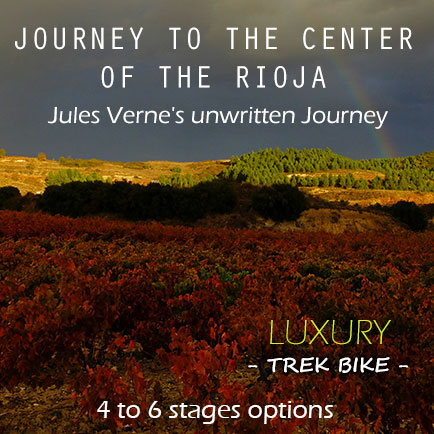El Desierto


Cycling Tour in the Pre-Pyrenees, the Bardenas Reales and other unknown Spain Deserts
style GRAVEL - TREK - MTB
SELF-GUIDED CICLOTURIST ROUTE
From 4 to 6 Stagesof Expert and Medium levels
El Desierto
The Last of Europe´s deserts
El Desierto is a bike trip both for classic mountain bikes and for the modern concept of gravel bikes.
The route is located in Northern Spain, just at the South of the PYRENEES,
...
The PIRINEOS PUNTO BIKE proposal to pedal El Desierto is in broad strokes, a Self Guided Pack which includes the Half Board Accommodations, the Tracks of the route and the Luggage Transport from hotel to hotel.
THE ROUTE
In the North of SPAIN, just South of the Pyrenees, spread out between them and the Iberian Range - with the 2.314 meters of Moncayo - in the South, we find an extensive semi-desert geography with an average altitude that ranges between 300 and the 500 meters. For us it is El Desierto.
Speaking in geo-physical terms we structured it in 3 environments; the valleys of the Pre-Pyrenees immediately to the South of the Pyrenean mountain range, the well-known Bardenas Reales, Blanca and Negra, distributed between the regions of ARAGON and NAVARRA and located in the center of our Desierto, and a third geography that surrounds such Bardenas from the South with an arc formed by the Castejón Range, the aforementioned Moncayo and the Cierzo Mountains.
Water is scarce, we should not forget it, tourist services or any other type are almost negligible, mobile phone coverage is very often non-existent, and the general atmosphere... bordering on harsh.
Our proposal to pedal through this Desierto is not a bikepacking proposal, it is necessary to be self-sufficient during the stages, but we provide the accommodation and other services, so the whole day-to-day life is "smoothed".
There are not many accommodation points available beyond the towns that surround the territory to be cycled. So, every day, at the end of the stage, it will be difficult not to have the feeling of entering what in another time and place we would have called "The Cities of the Desert." Something that although the local inhabitants do not perceive as such, it will be difficult for us to visualize in any other way.
The photography section available on this same website (below the map) and structured based on the 3 environments mentioned; Pre-Pyrenees, Classic Bardena and Southern Deserts, completes the information in this text and will help us with enough precision to decide if this is the trip we are looking for.


El Desierto is a set of different stages through the isolated lands of the South of Navarra and Aragón in Northern Spain.
As can be seen intuitively in the image, the route runs through the Bardenas and other neighboring lands, even more deserted than Bardena itself.
The track that you see in the image is one of the most complete route options and with the most possibilities of getting accommodation.
We have a network of stages between possible accommodations named with letters as seen in the image. And we have practically the complete alphabet, so different combinations of letters result in different route proposals.
Many kilometers but very few hotels...
- Data Sets
- Pre-Pyrenees
- Classic Bardena
- Southern Deserts
Stage G: Tudela - Tauste
Distance: 69 km Unevenness: 960 m
Stage M: Tauste - Ejea
Distance: 74 km Unevenness: 745 m
Stage P: Ejea - Murillo El Fruto
Distance: 73 km Unevenness: 650 m
Stage A: Pre-Pyrenees Tour
Distance: 78 km Unevenness: 1.050 m
Stage E: Murillo El Fruto - Tudela
Distance: 74 km Unevenness: 420 m
Stage D: Cierzo Mountains Tour
Distance: 83 km Unevenness: 775 m
Distance: 463 km Unevenness: 4.660 m

Gallipienzo, one of the oldest towns in Navarre (10th century). Located then in a place border between the old kingdoms of Navarre and Aragon, at present and as far as we are concerned it is located in the "pure center" of El Desierto.

From Gallipienzo, the course of the Aragón river takes us into what we could call "no man's land". We will pedal through the bottom of a strangely maintained valley without roads and that maintains for that reason a biological diversity far above the usual.



South slope of the Sierra de Peña. During the ascent and once a certain height is reached, the silhouette of the Moncayo appears on the horizon line. He will accompany us until the end of the trip.
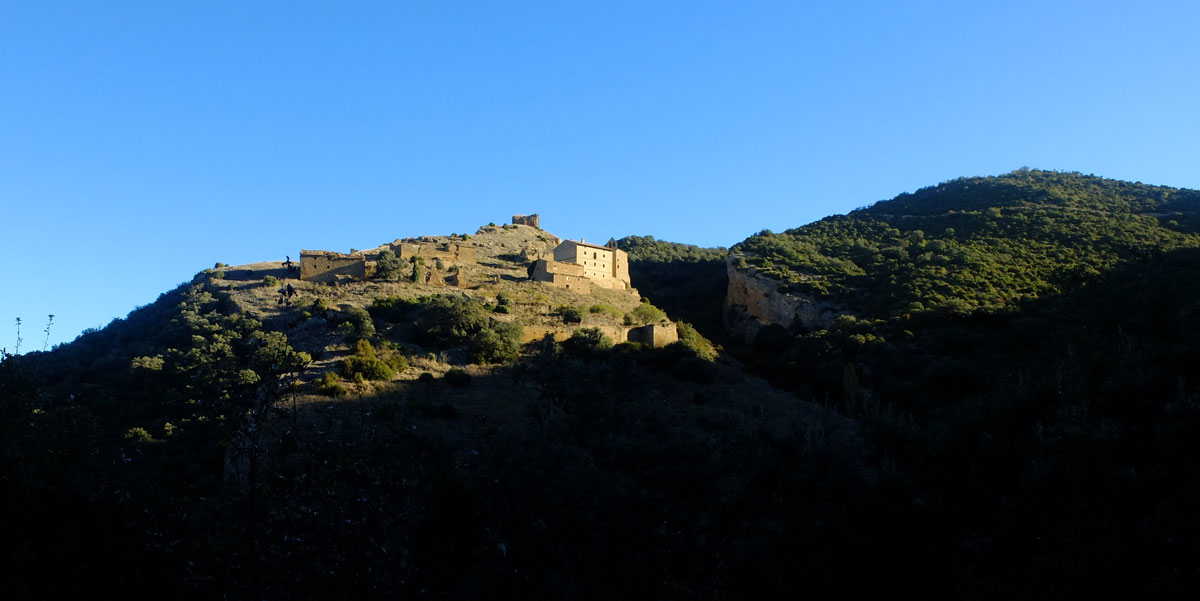

As an apparition and almost out of place, the Despoblado de La Torre de Peña arises in the middle of the Mountain Range.



Despoblado de La Torre de Peña. With the remains of its old tower at the top, the place invites an extended stop. Inhabited until the second half of the 20th century (1964) and with the ghosts of the past emerging in every corner, it is undoubtedly one of the neuralgic points of El Desierto.

The view that can be seen from the remains of the tower makes us see the strategic value of the place during the years of conflict.

Ruins of the Roman City of Santa Criz in Valdaibar, one of the "essential" places.
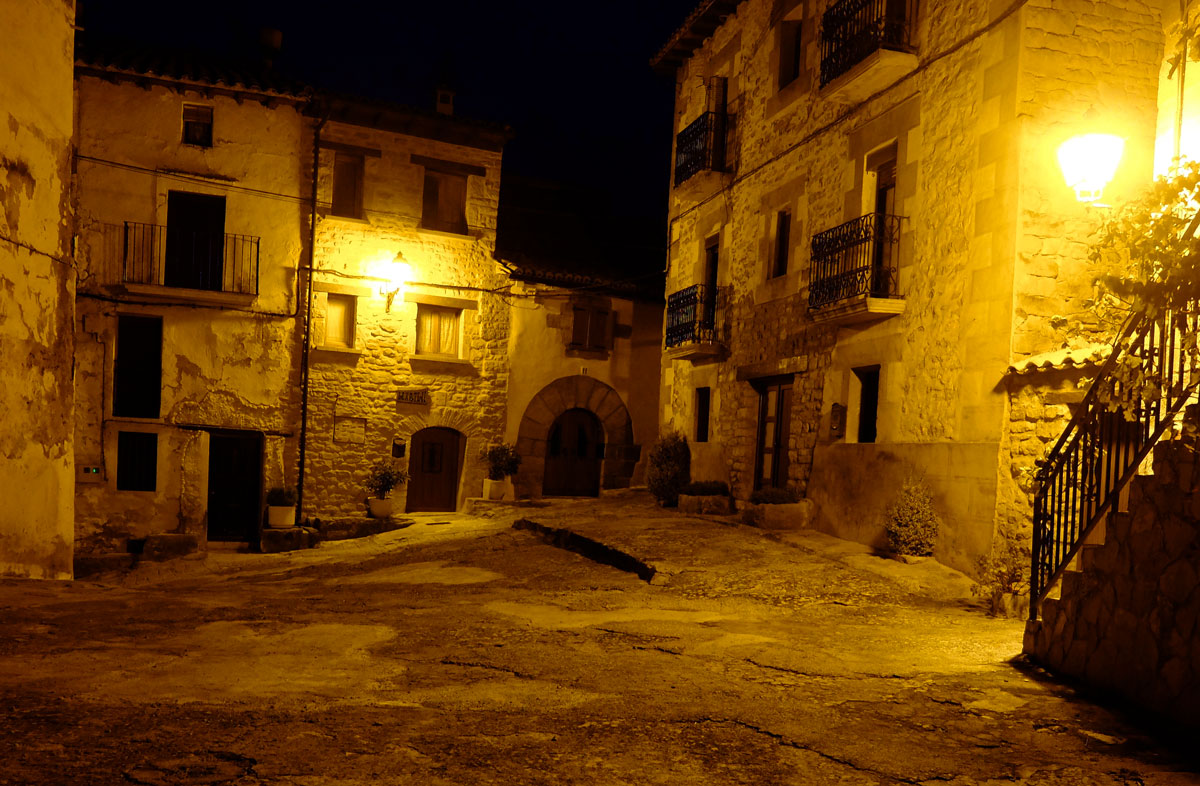
It will be hard to forget a night walk through one of the most authentic villages of Navarre, something that we do at petition of the groups - and when posible -
In Gallipienzo things are, because they were and still are. Nothing is set for you to see it.

Low mists in the Pre-Pyrenees.

Paths between vineyards in the lands of ancient Valdaibar.
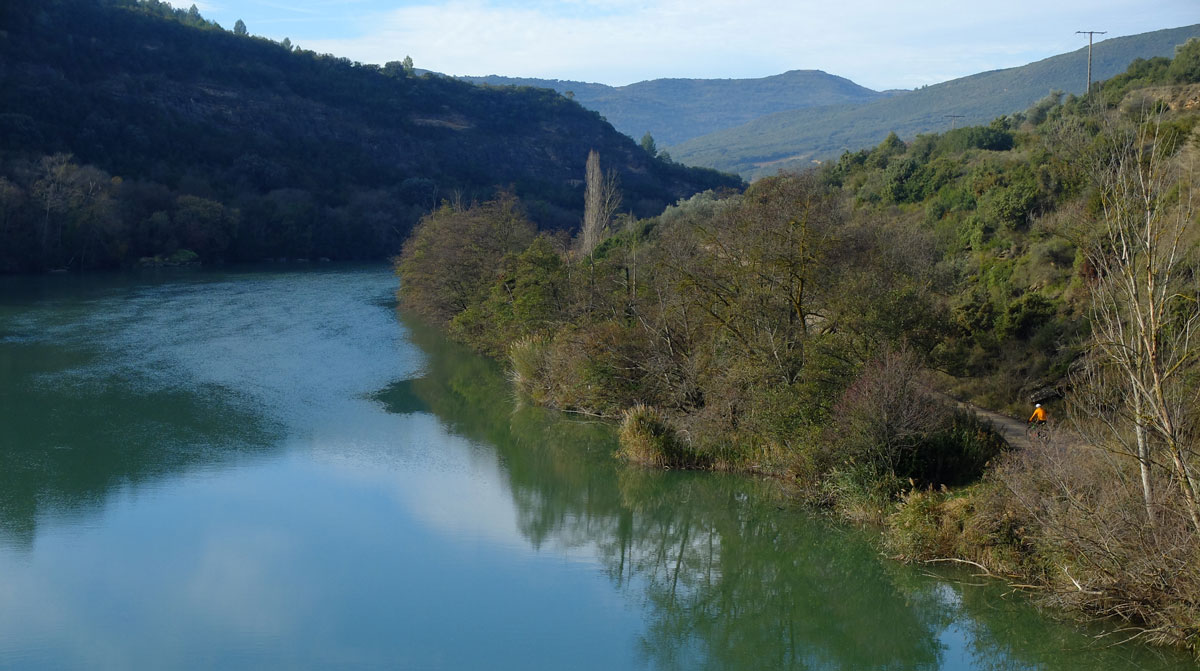

The course of the Aragón River is the natural line - and our SLOW option - to join the Pre-Pyrenean valleys with the Ribera Navarra.
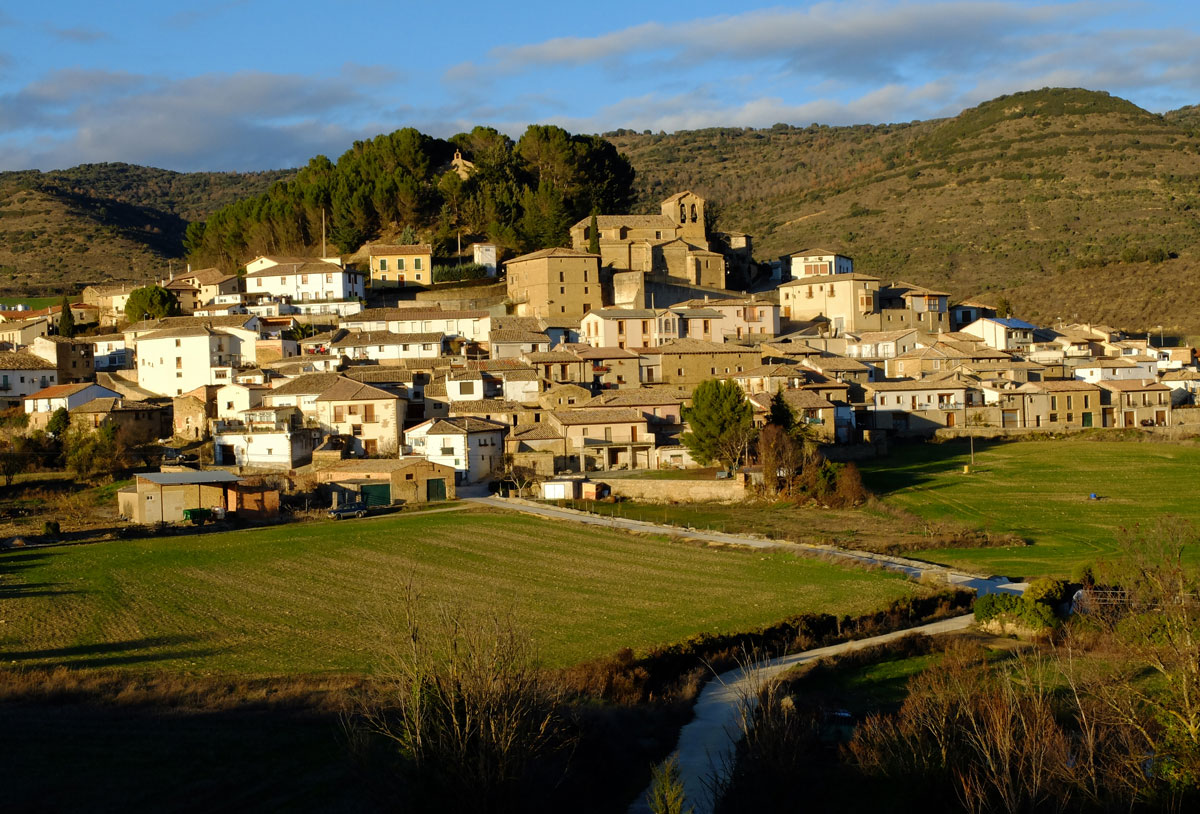
Medieval village of Eslava, a town that recovers its important historical heritage through its own efforts.

The Sierra de Peña, where the stage of yesterday passed, closes the horizon. The Navarran vineyards begin to make their presence.


Ruins of San Miguel church on the outskirts of Ujue. In the background, the snow-capped peaks of the Pyrenean chain. El Desierto occupies the geographical space located between said chain in the North and the Iberian System - with the Moncayo as the main and always recognizable peak - in the South. In the solar hoop, the same church seen from Gallipienzo.


The kilometers that we have left to finish the stage are less demanding, so the stop in Ujue becomes "essential".
The monumental complex, which is in itself the entire Villa, is finished off with the impressive Fortress - Castle / Church - of Santa Maria. A church enclosed in a castle.


We visit the so-called Media Zone of Navarra heading towards the In this transition zone we will find the Laguna de Pitillas, a Natural Reserve, place of passage of thousands of migratory birds, and shelter for more than a hundred species of birds nesting.

Navarra forgotten during the final kilometers of the stage.

Murillo El Fruto and Carcastillo from the Mirador del Castillo. Today's stage comes to an end. On the horizon El Plano of the tells us where we will continue tomorrow.

It is not necessary to cross the official limits of the Natural Park to realize that we are already in Las Bardenas.

Characteristic landscape of El Plano, the geographical area that together with the Bardena Blanca and the Bardena Negra, make up the orographic totality of the


El Paso constitutes the "official" entrance to the Bardena from the North, the point at which visitors perceive that they enter a space of semi-desert character and with their own personality. The Monument to the Shepherd which identifies the place, pays homage to the transhumant shepherds that for centuries have been repeating the cycle of bringing in winter to this place the sheep that graze during the summer in the incredibly close and different Pyrenees.

In its southern slope, in Cornialto, the plateau of El Plano collapses in Bardena.

Geological formations characteristic of La Bardena.

At work.

From the slopes of Cornialto the most characteristic and recognizable Cabezos of the Bardena Blanca. are outlined. It is the territory where the stage of tomorrow will take place.

Ruins of the Peñaflor Castle in the pure center of the barden geography.

Bardena Blanca

Rest in the vicinity of the Ermita del Yugo. On the horizon the Moncayo is gaining presence.

Bardean environment in the surroundings of the Poligono de Tiro.

Corral de Zapata. The color of the slopes of La Nasa warns us that further south will appear the Black Bardena.
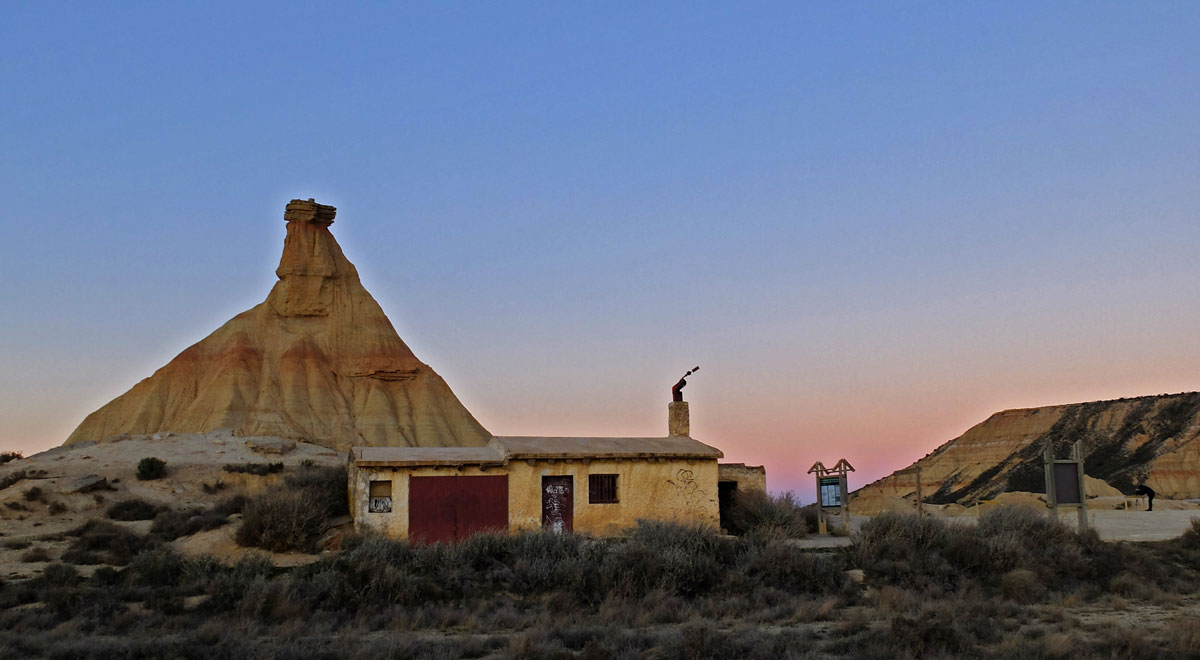
Castildeterra, the icon par excellence of the

Pedaling between crops under the walls of El Rallon

In the Cabezo de las Cortinillas we visualize perfectly the layers of plaster that color and make this Bardena be called "la Blanca".


The famous Paso de los Ciervos among the intricate geography that forms the Bardena under the walls of El Rallón.
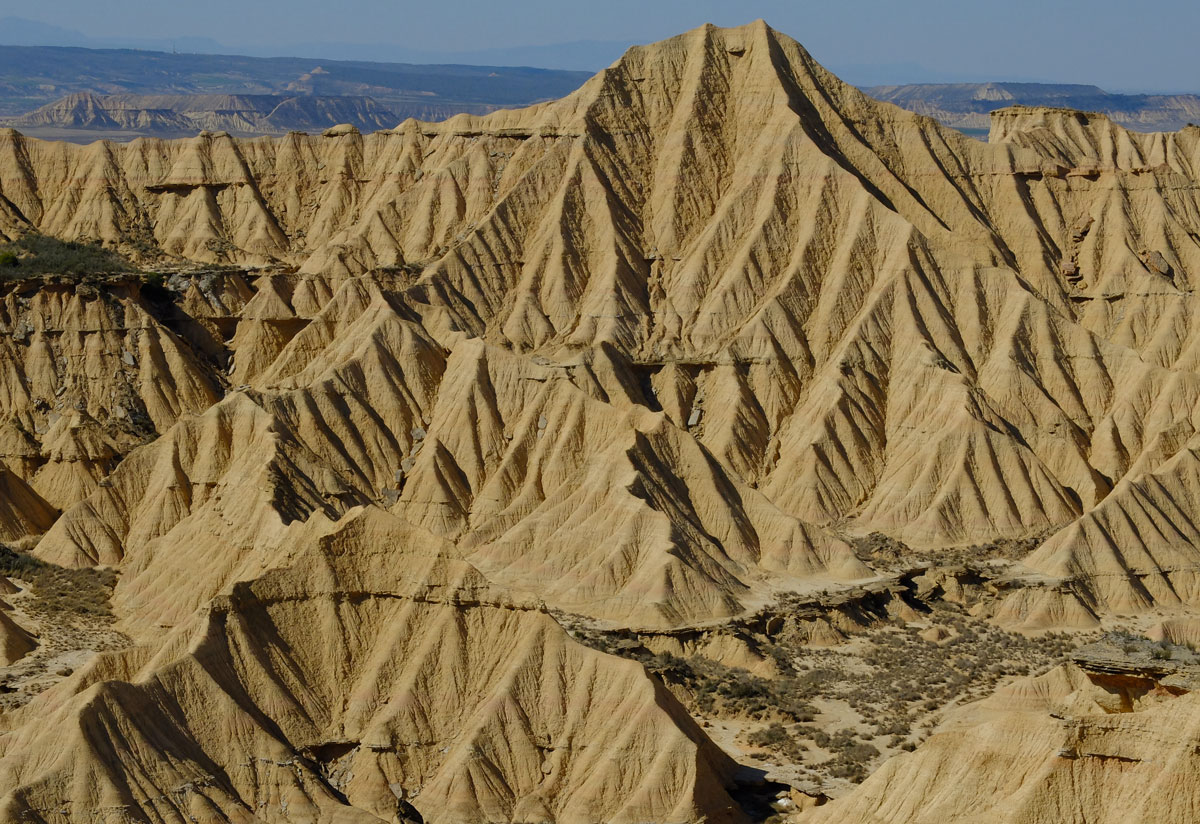
Pure Bardena


The heart of the Bardena seen from Aragon, one of the "star" moments of the day.


Cabezo del Piskerra and its "niño". At the bottom the 2.314 meters of the Moncayo, habitual horizon of the Bardena.

Bardena in its purest state

Heart of the Unquestionably a completely different place.

Pyrenean Range seen from the slopes of the summit of La Negra.

Despoblado de Rada on the Basin of the Aragon river in the doors of La Bardena. Unlike the depopulated of the Peña Tower of the 1st stage, Rada was already depopulated in the fifteenth century.

In the surroundings of Cabanillas more than in "La Negra" it will seem to us to be in the Bardena Orange.

We lined up towards the Black Bardena

National Park environment in the Natural Reserve of Las Caidas de la Negra from the vicinity of Cabezo de Sancho Abarca.

Typical constructions of Las Bardenas, Corral de Farrique. We are on the border with the Bardena Aragonesa.
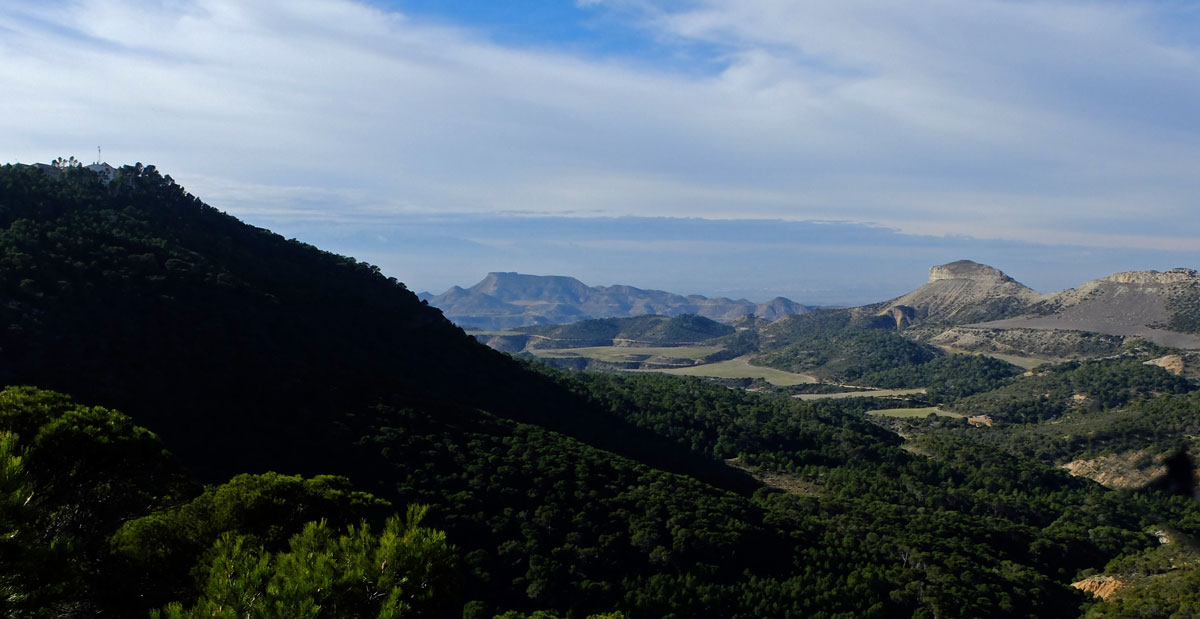
Cabezos de Sancho Abarca (left) Peña El Fraile (center) and Punta del Aguilar (right) are the last formations of the Bardenas in the South. They indicate that the end of the route is close.
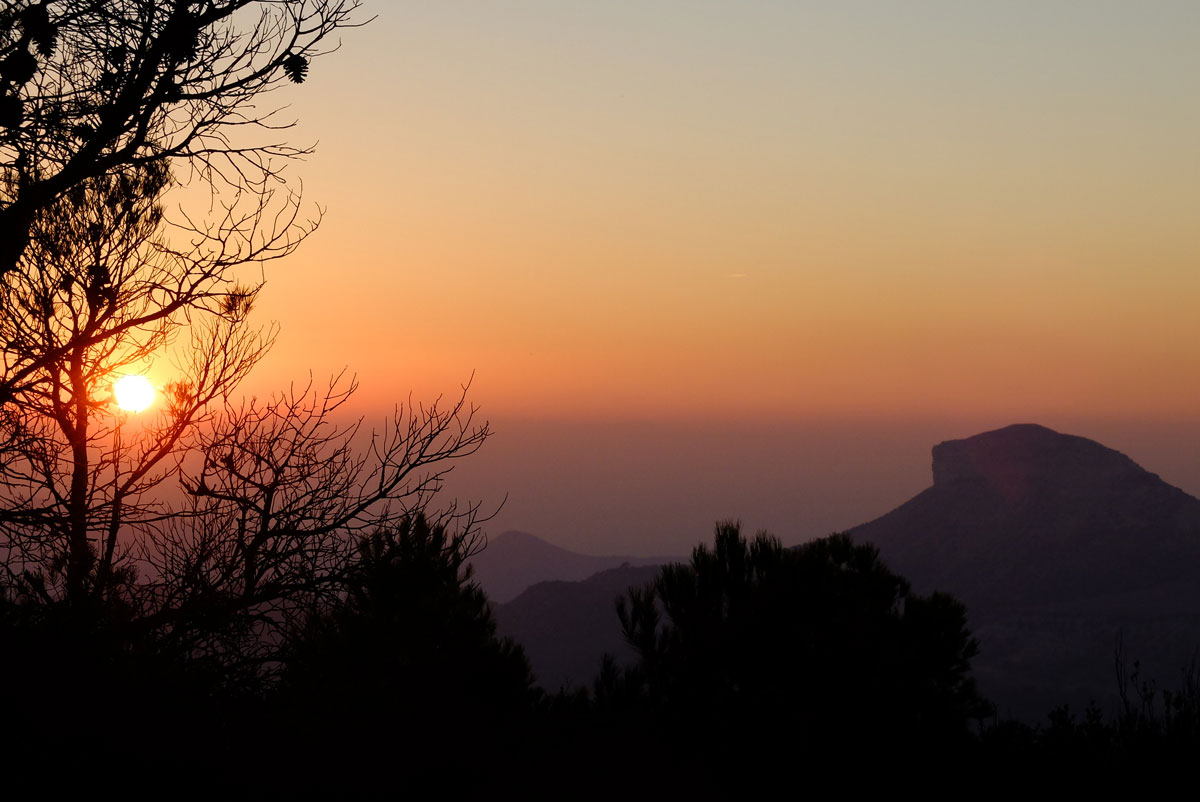

From Sancho Abarca, the typical Bardenas territory is diluted in the Ebro Basin.

Amazing scene of locals planting melons on the "roof" of their house/cave on our arrival in Tauste, a "Desert City".

Apparently, in Tauste, nature gave ready-made houses.

Ebro Basin and The Moncayo seen from Sancho Abarca

THE ROUTE IN PICTURES
What you can find

OUR LODGES
The half of the Trip
- Lodging for stages with start in Tudela
- Lodging for stages with start in Murillo / Carcastillo
- Lodging for stages with start in Tauste - Sancho Abarca
- Lodging for stages with start in Ejea de los Caballeros
Hotel BED4U Tudela - 3*
The base of PIRINEOS PUNTO BIKE in Tudela 3 star establishment strongly linked to the world of cycling in all its styles. In its vicinity we will have cleaning boxes to remove dust and mud from the Bardenas of our bicycles, and inside all the comforts that cyclists and their bikes need.





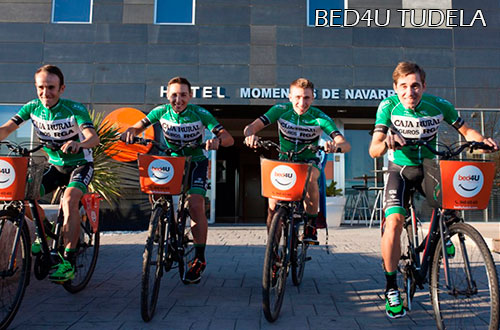
Hostal Rural TXAPI-TXURI - DEPORTIVO


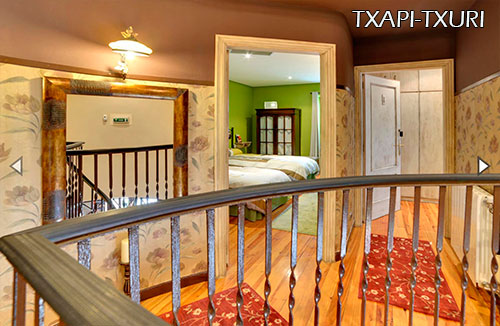




Hotel Sancho Abarca



- Hotel Salvevir 3* -
Our PUNTO BIKE in Ejea de los Caballeros will be chosen based on availability and other circumstances between the 2 options shown here. In any of the cases establishments of proven quality.






- Hotel Sekia 3* -





GASTRONOMY
Another part of the Trip
In an undisguised attempt to soften the roughness of El Desierto, we have decided to complement this trip by adding a visit to some of the different "Temples" that dot the map of the city of Tudela, the starting and ending point of the route.
...
The images that accompany this text already make it clear that we are referring to "Gastronomic Temples", but we can reinforce the idea by remembering that we are in La Ribera Navarra, something that for the local population is synonymous with "The Orchard of Navarra", a factor that will be noted in all the menus of the 4 establishments that we have selected and with which we are absolutely certain of "hitting the mark" in our search for quality and originality.
Depending on the travel package chosen, the proposal includes 2 or 3 nights with dinners in Tudela, so one or two of the 4 proposed establishments will have to be eliminated. Sometimes the dates themselves will decide which ones to include, since they are not always open at night, so it will be up to us to synchronize the dates that correspond to your trip with the opening hours of the establishments. In any case, if you have a priority as to which establishments to include, you can tell us so that we can try to include them.
- Restaurant IRUÑA
More than 75 years of history - Fusion of culinary tradition and innovation






- Restaurant REMÍGIO
Always based on local and seasonal products - Luis Salcedo's kitchen






- ASADOR SIDRERÍA - CASA LOLA
The Kingdom of the Chuleton in Tudela



- Restaurant 33
The philosophy of Ricardo Gil and Maria Pilar Vicente






If you want you can take a look here: restauranteiruna.com
If you want you can take a look here: remigio-tudela.com
If you want you can take a look here: restaurantecasalola.es
If you want you can take a look here: www.restaurante33.com

Here you have the rate for the proposal shown on the map (Ref ED-9).
6 Stages / 7 Nights
Minimum group 2 people
1.490 € Price per person in double room
1.232 € Price per person for groups of 6 or more people in double room TWIN
Single room supplement: + 257 €
Here you have the rate for the proposal of the 5 stages option:
G + M + P + A + E
5 Stages / 6 Nights
Minimum group 2 people
1.296 € Price per person in double room
1.028 € Price per person for groups of 6 or more people in double room TWIN
Single room supplement: + 214 €
Here you have the rate for the proposal of just 4 stages:
G + M + P + E
4 Stages / 5 Nights
Minimum group 2 people
Due to certain hotel constraints, it may not be possible to book this option on certain dates.
1.034 € Price per person in double room
872 € Price per person for groups of 6 or more people in double room TWIN
Single room supplement: + 178 €
In these proposals when the groups are odd, the accommodation is offered in double rooms and a single room.
- TRIPLE ROOMS ARE NEVER USED -
Rates for the whole year, subject to availability.
The prices may vary when the dates coincide with the Easter holidays or with the Patron Festivities of any of the places of accommodation.
- 7 nights accommodation in half board
5 for the 4 stages trip & 6 for the 5 stages trip Transport of luggage between hotels
1 bag or package of a maximum of 20 kg per person
If not needed, the cost of this service will be deducted from the proposal- Tracks of the route in GPX format for mobile phones or GPS devices and printed map with each day routes options
- Explanatory printed map-sketch of the different route options for each stage
One per stage - Link to services that may be necessary along the route
- Telephone assistance for incidents or consultations during the days of the contracted activity
- Beers or other consumptions outside the proposed menus in the dinners or during the stay in hotels
- Meals in restaurants at the time of the noon, unless it has been agreed previously to replace dinner with meals
- Any kind of sports material, helmets, shoes, etc
- Mechanical Assistance during the activity
If possible, we will try to help you in case of a breakdown, but in many situations this help can be very limited due to lack of specific spare parts or other circumstances. The cost of the service if it can be done is € 18 per hour + € 0.40 per kilometer. - Anything not expressly indicated in the offer
- Airport/station pick up
We put you in contact with the transfer companies that provide these services. We do not include its cost in our proposal. - Bicycle rental
We put you in touch with a rental service in the nearest place to the route start point - Hire Asistance / Accident Insurance
and / or Trip Cancellation Insurance - Hire individual room
When the group consists of an even number of people, an even number of applications will also be necessary to access this supplement. - Eliminate dinners on nights with accommodation in Tudela
- Best time to go: The route can be done at any time of the year as long as there is no snow, something rare in this geographical area of Spain.
Spring and autumn are usually the most pleasant seasons; in summer it can be very hot and we will have to take the same precautions as in a desert journey.
The route is also cyclable during the winter, but some hotels are closed and the route tracks are therefore different from the rest of the year. - Type of tracks: In general, trails and tracks with more physical than technical demand, both uphill and downhill.
- Orientation: The route must be followed with a GPS device or with the mobile phone App that you are used to using for the same purpose.
It is not advisable to try to learn how to use an App on the fly.
We do not provide Apps or GPS user manuals. It is up to the users to have this knowledge.
There is no on-site signage. - Ciclability: The route is 99.9% cyclable.
- Provisioning: We are in a desert, now and then we will find some services, but we must be self-sufficient.






